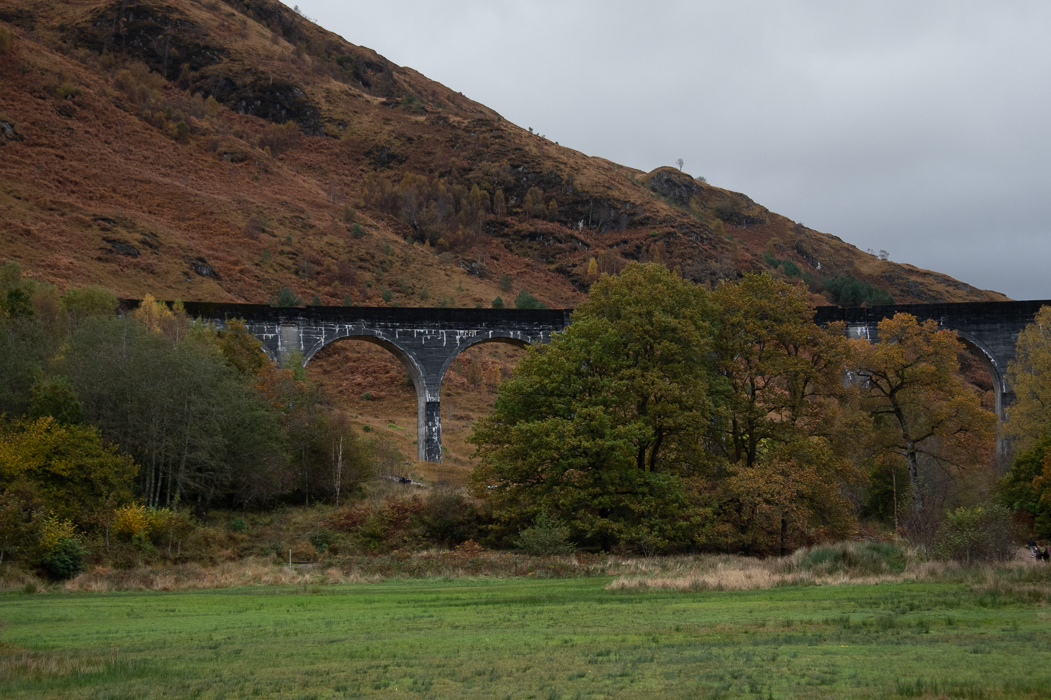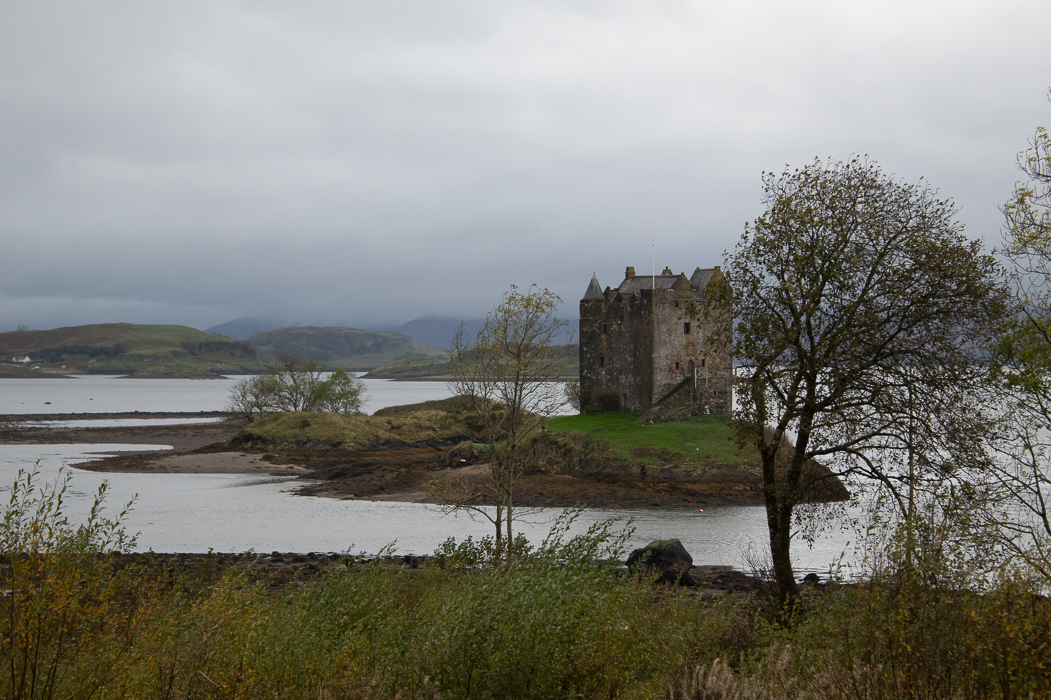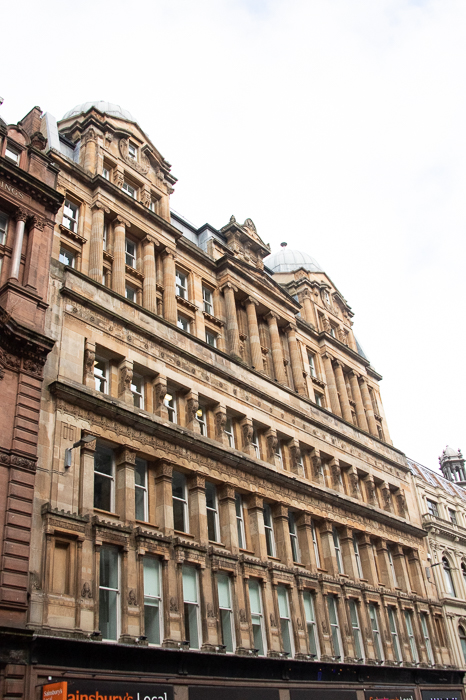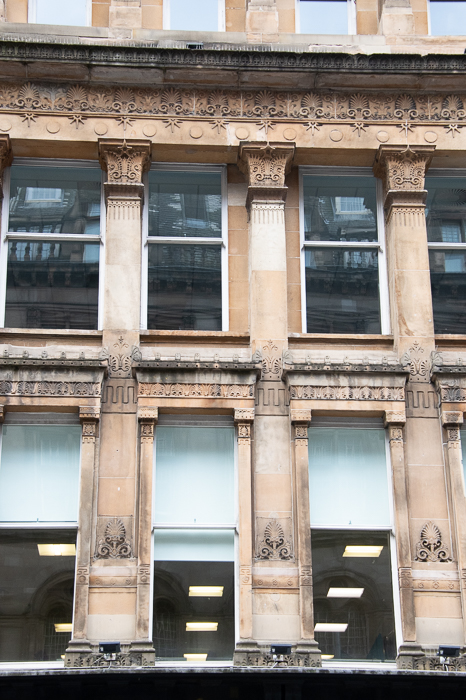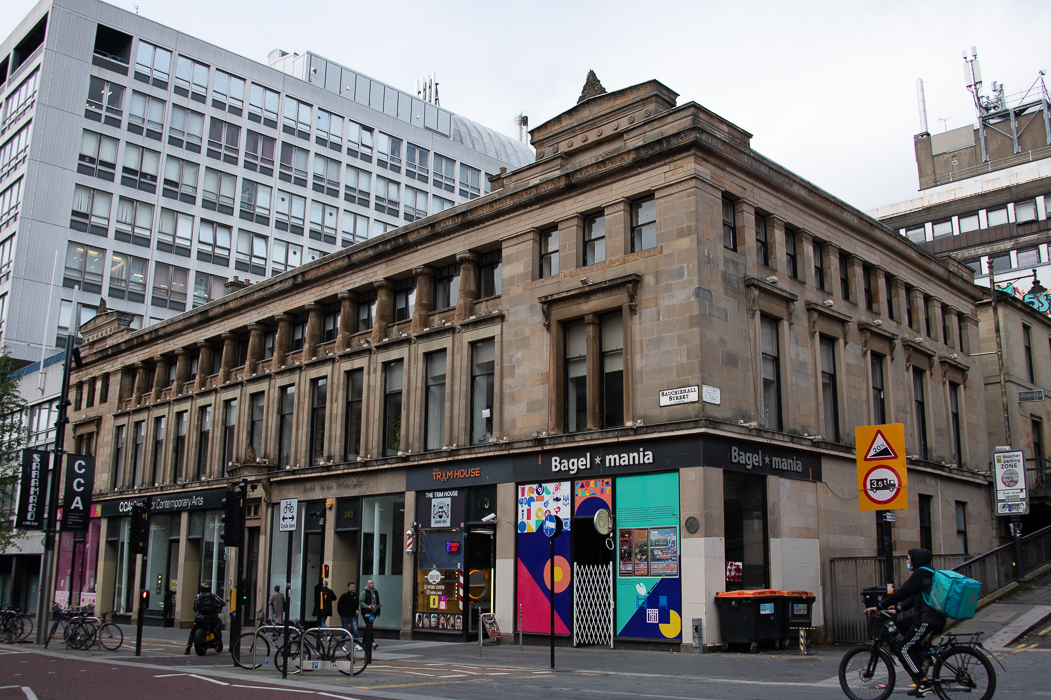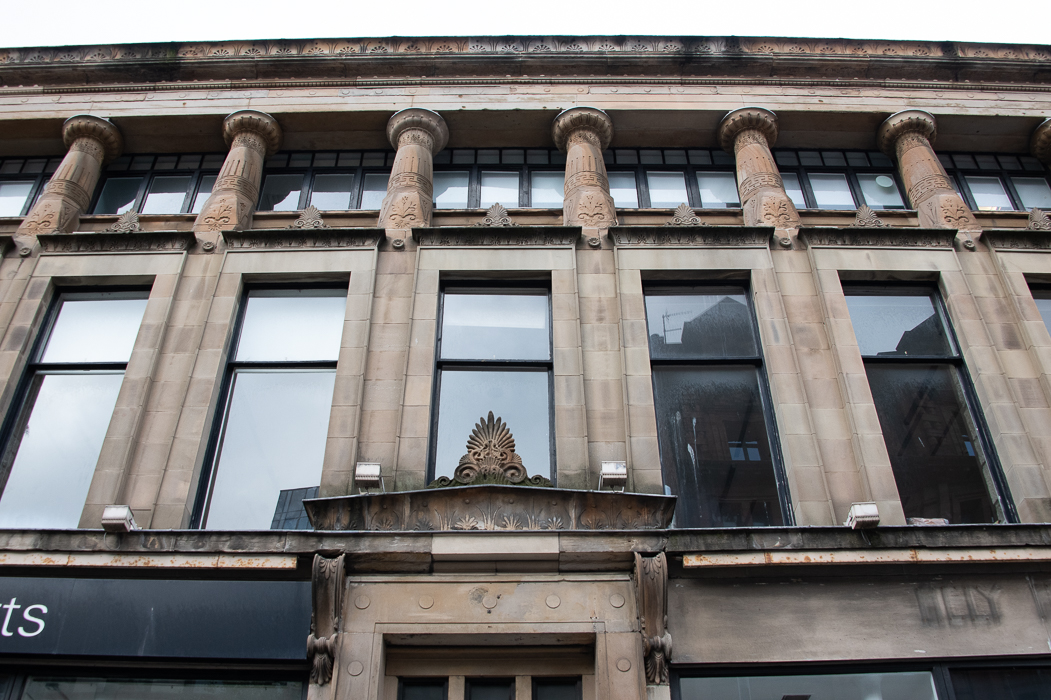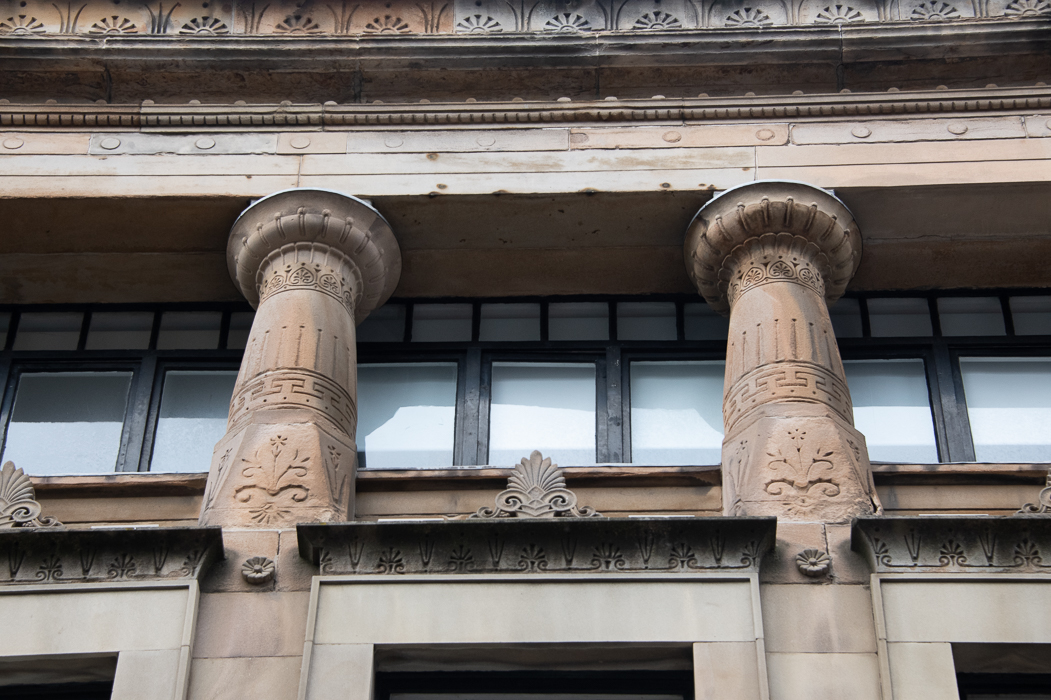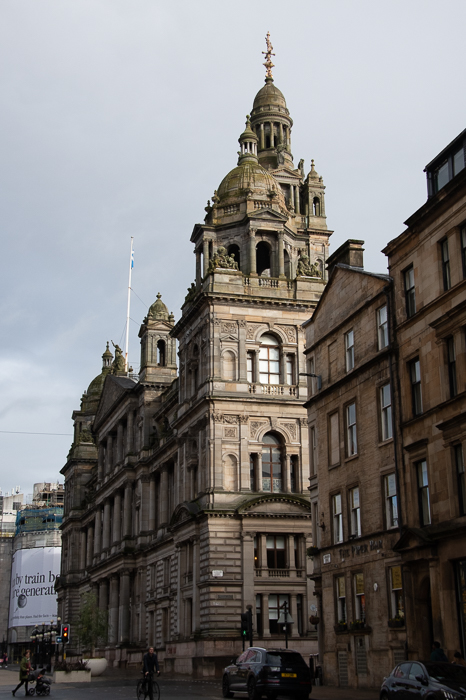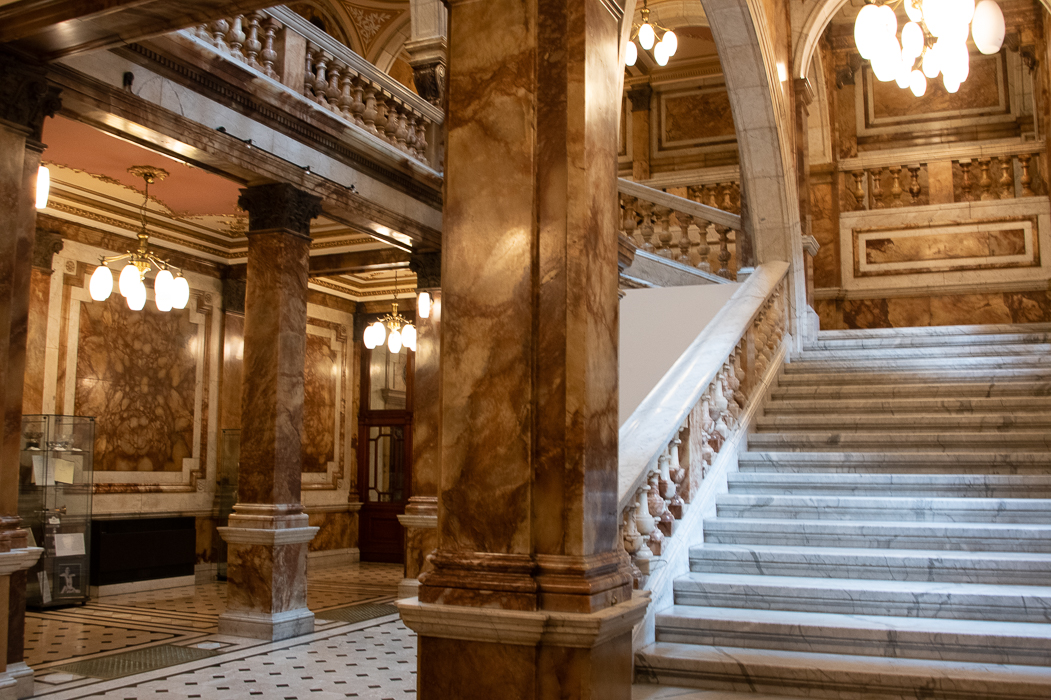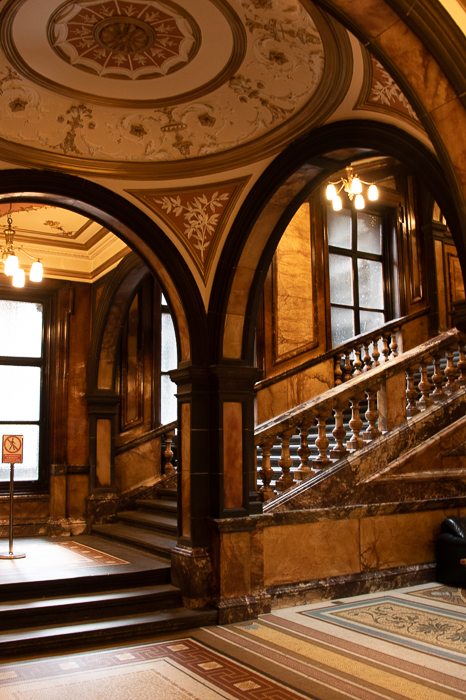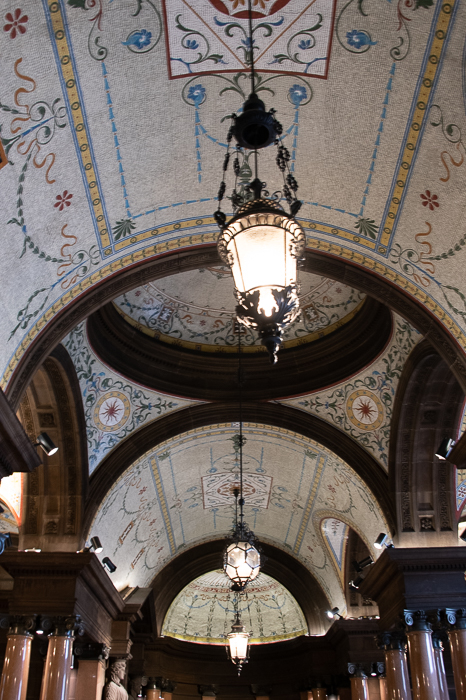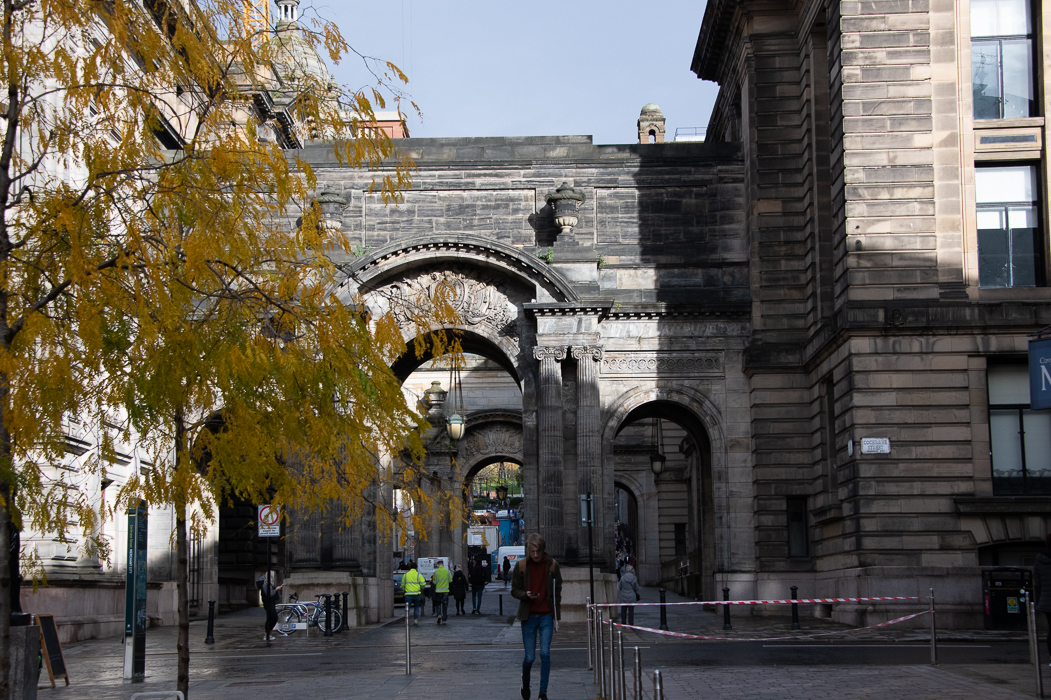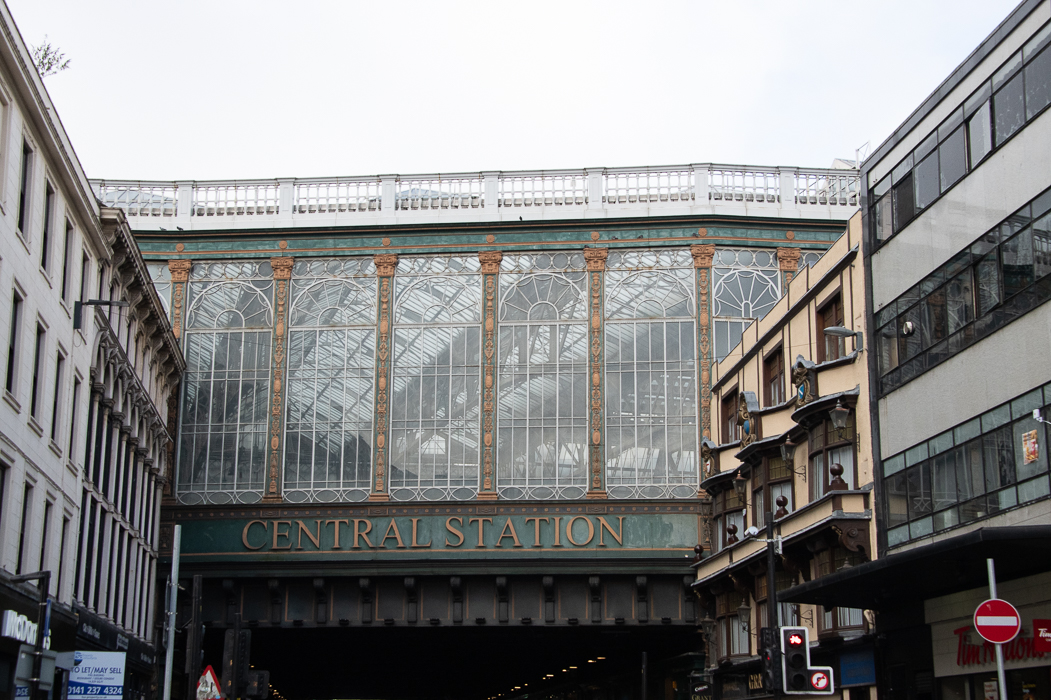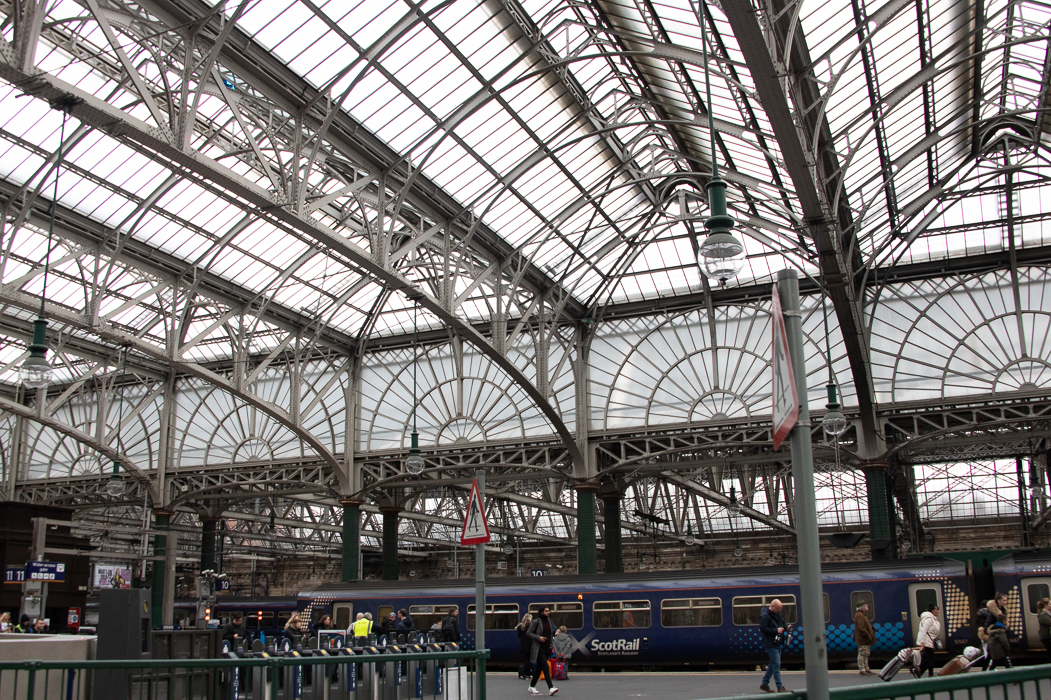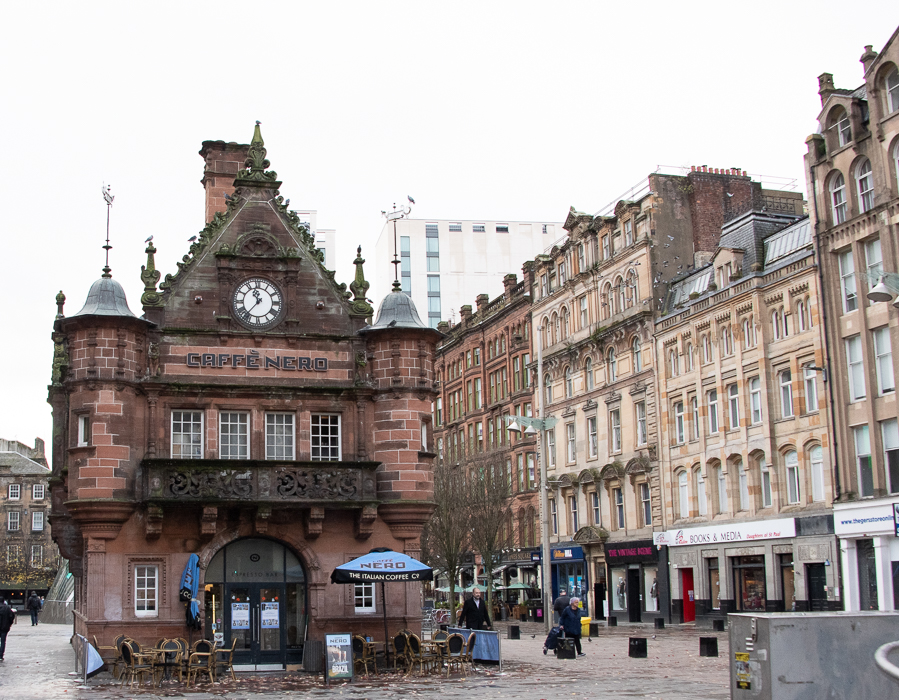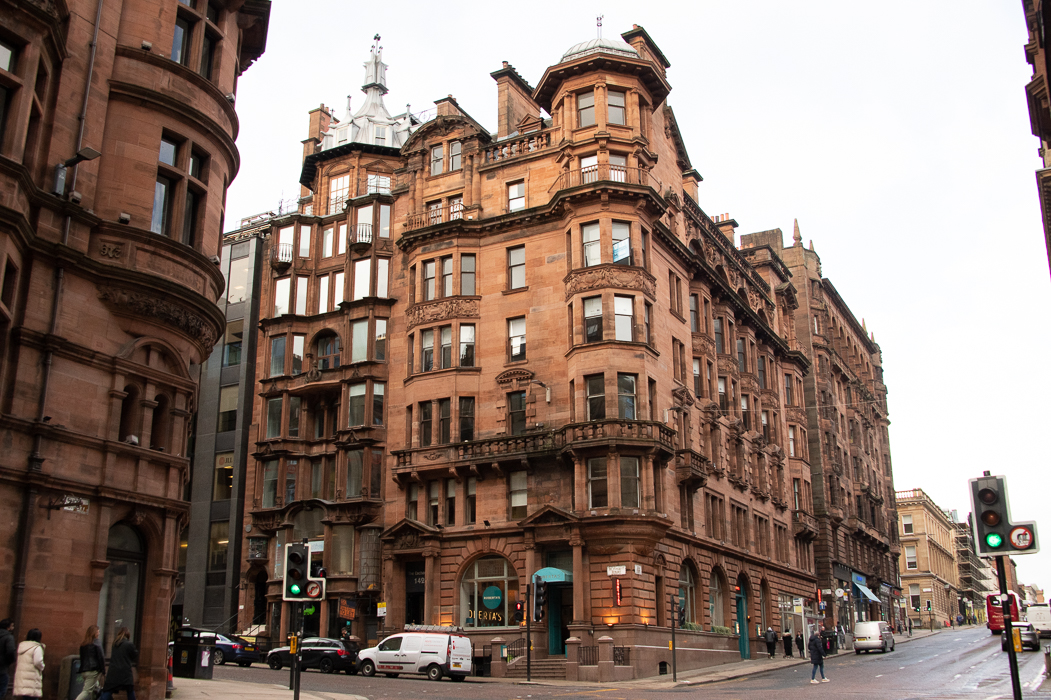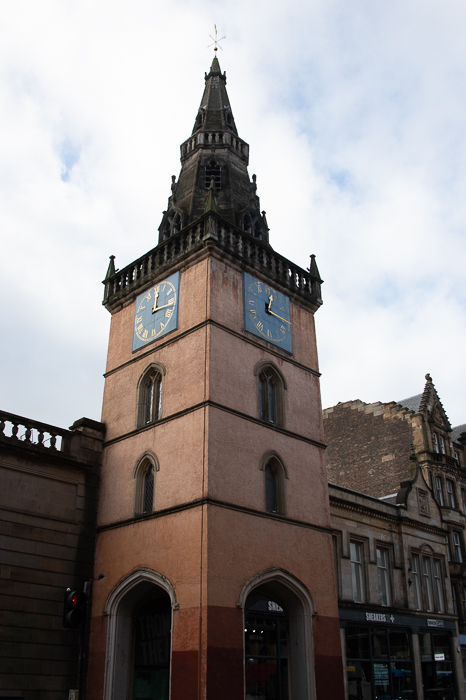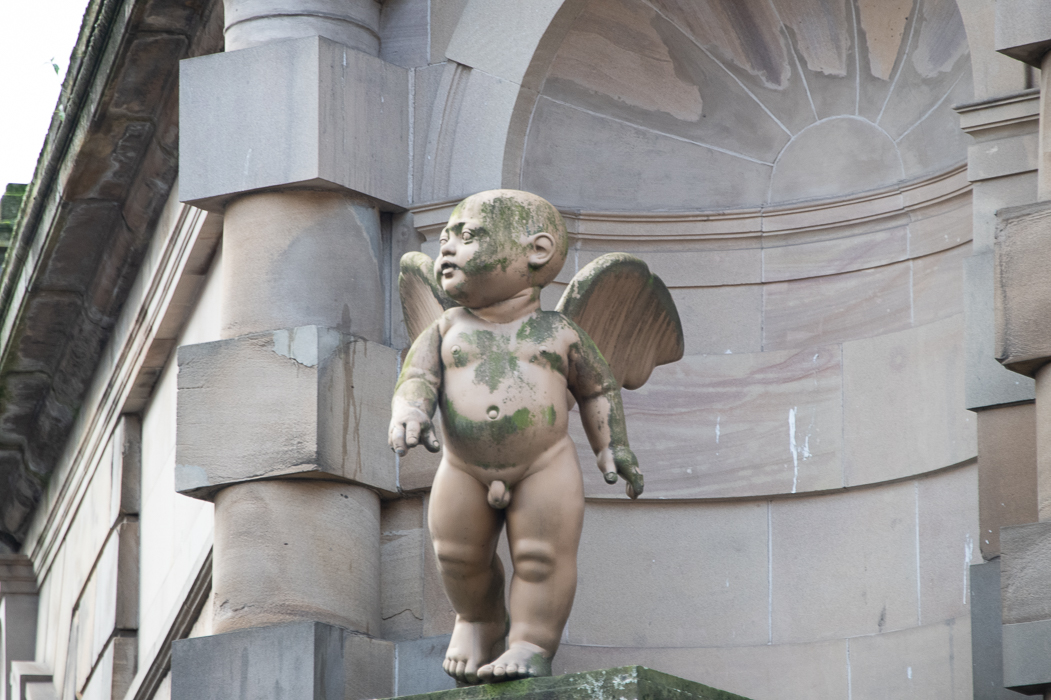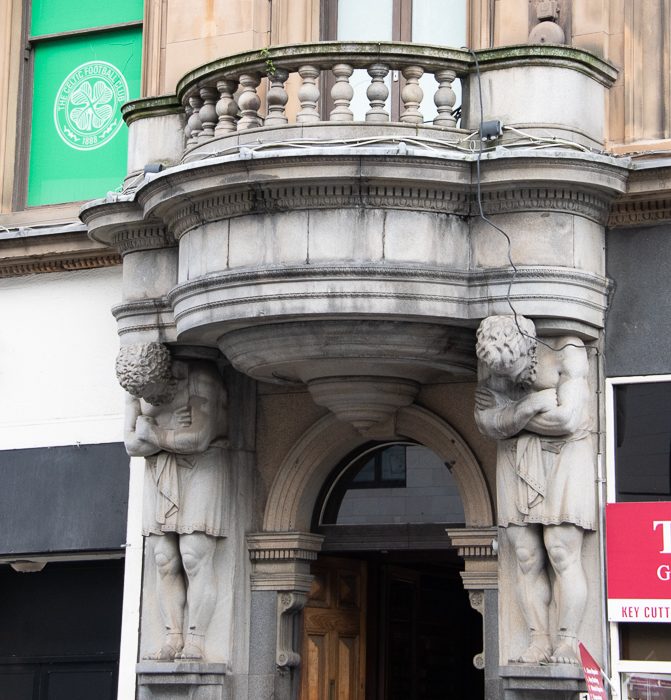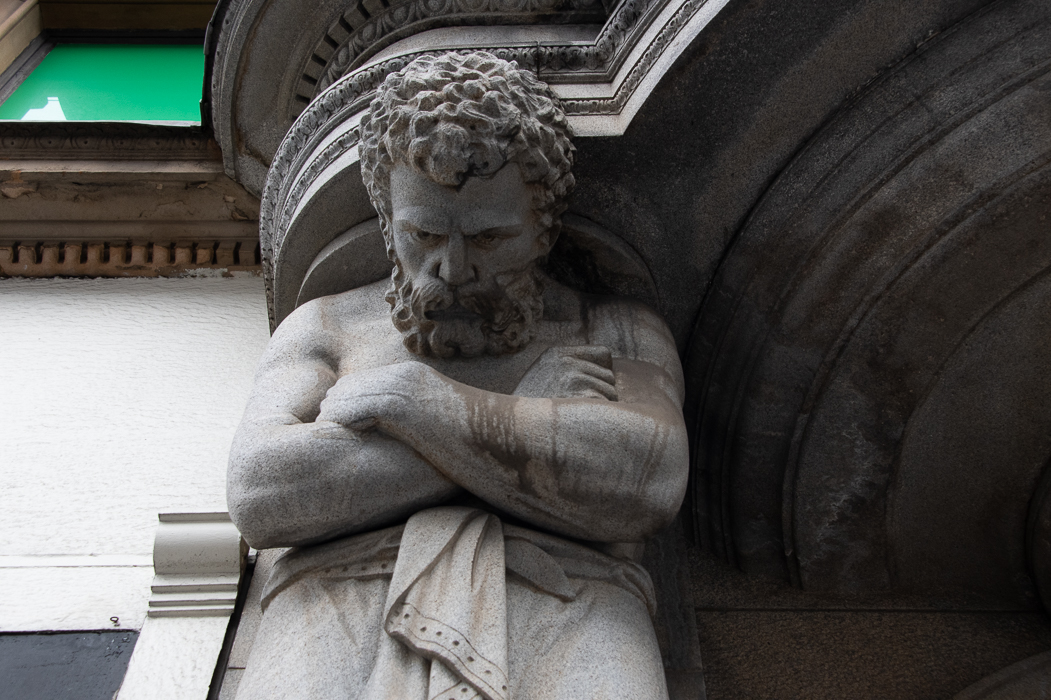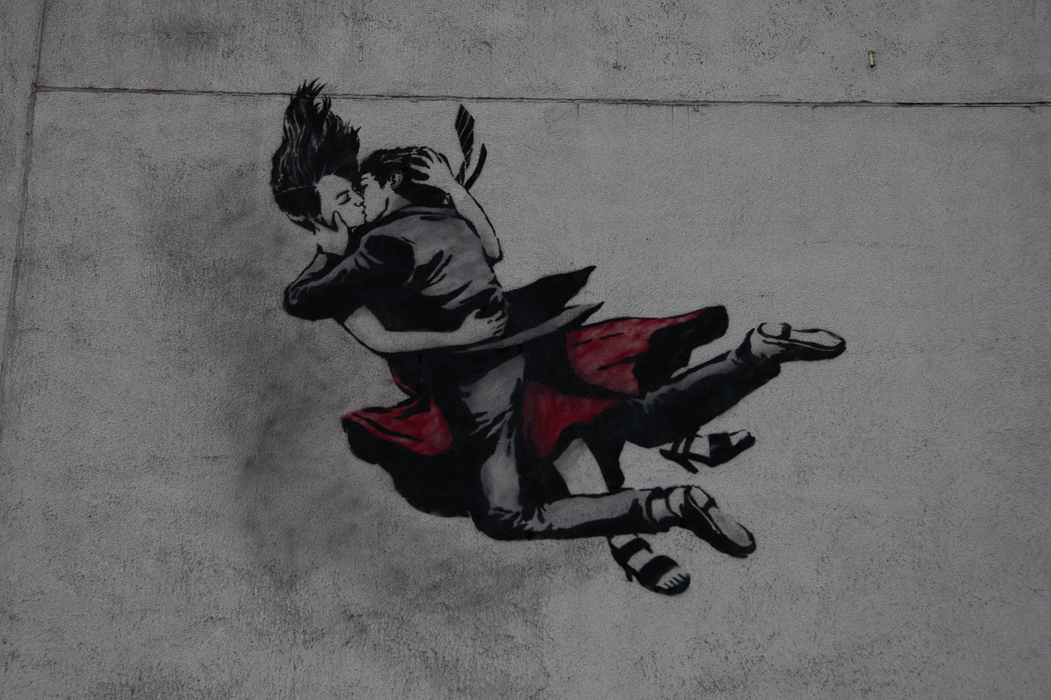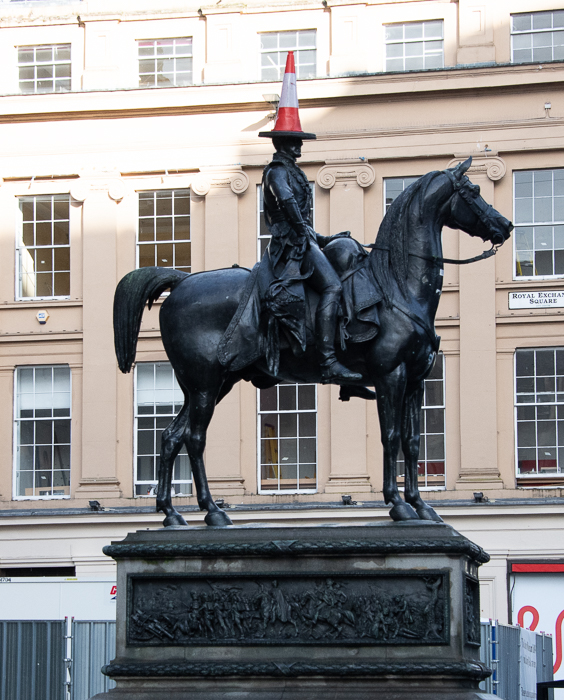October 28, 2023
Driving south to Glasgow
The Glenfinnan Viaduct is a railway viaduct on the West Highland Line in Glenfinnan, Inverness-shire. It was built between 1897 and 1901 and overlooks the Glenfinnan Monument and the waters of Loch Shiel.
The viaduct is built from mass concrete and has 21 semicircular spans of 50 feet. It is the longest concrete railway bridge in Scotland at 416 yards and was built on a curve of 792 feet.
The concrete used is mass concrete, unlike reinforced concrete does not contain any metal reinforcement. It is formed by pouring concrete into formwork, resulting in a material very strong in compression but weak in tension
I visited the viaduct on the advice of an Edinburgh cab driver, it wasn’t until I was there that I found out about its connection to Harry Potter. After its appearance in Harry Potter, British Transport Police had to warn people not to walk on the viaduct after a handful of near misses with trains.
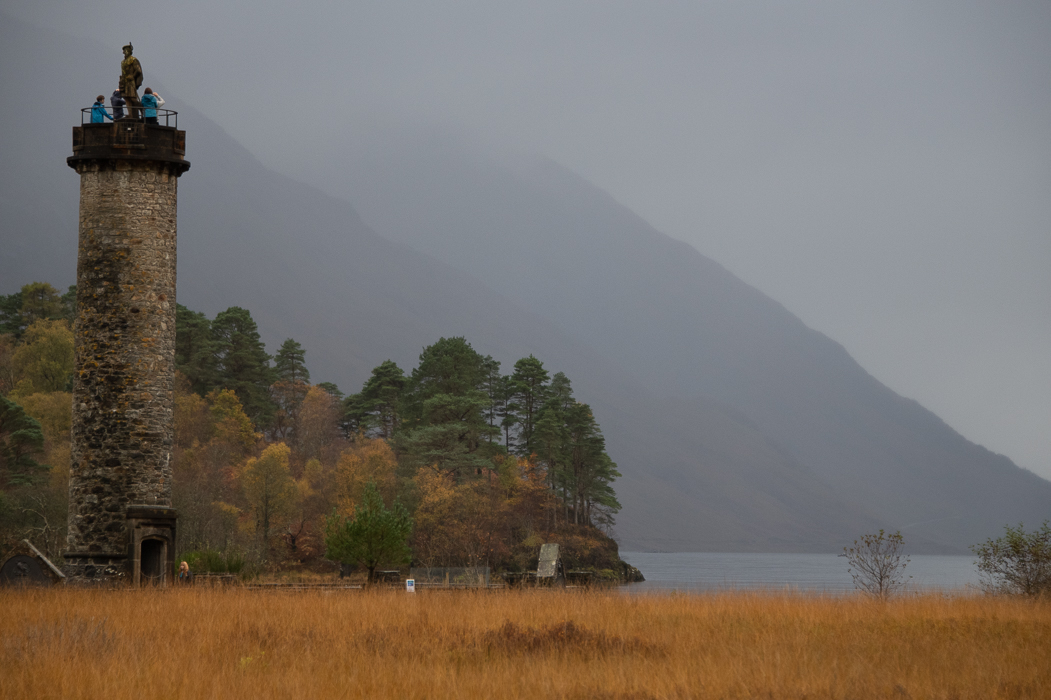
The Glenfinnan Monument on the edge of Loch Shiel was erected in 1814 and is dedicated to the soldiers of Loudon’s Highlanders, who fought in the Jacobite rising of 1745.
Castle Stalker is a four-story tower house believed to have been built around 1440. The name “Stalker” comes from the Gaelic Stalcaire, meaning “hunter” or “falconer”. The island castle is one of the best preserved medieval tower houses to survive in western Scotland. I appreciated most that it was “The Castle Aaaaarrrrrrggghhh” in the film Monty Python and the Holy Grail.
Glasgow
This visit I have one day in Glasgow so rather than spend it visiting Charles Rennie Mackintosh (I will be back in December to do that) I decided to just wander, find interesting buildings and look into another well-known architect of Scotland, Alexander “Greek” Thomson.
Alexander Thomson began work in 1834, as a clerk in a lawyer’s office in Glasgow. One of their clients was an architect, Robert Foote, who was impressed by seeing Thomson’s drawings and took him on as an articled apprentice. After a career made up of eclectic designs he adopted the pure Ionic Greek style that he is best known for.
Shortly after this was finished it burned down and was rebuilt in 1864. A second fire ravaged the building in 1901 and it was rebuilt again. In 1967 a third fire destroyed the interior of the building. After a major overhaul in 1992, it was converted to offices and now only the facade remains.
The Grecian Chambers were completed in 1865 and is considered one of Thomson’s best examples of commercial architecture. A major fire in 1902 saw the roof rebuilt, but the rest of the structure survived relatively unscathed.
Several more of Thomson’s buildings were covered in scaffolding, I do hope to see them next time.
The Glasgow City Council Chambers was designed by the Scottish architect William Young and construction began in 1882. The building was inaugurated by Queen Victoria in August 1888 and the first council meeting held within the chambers took place in October 1889
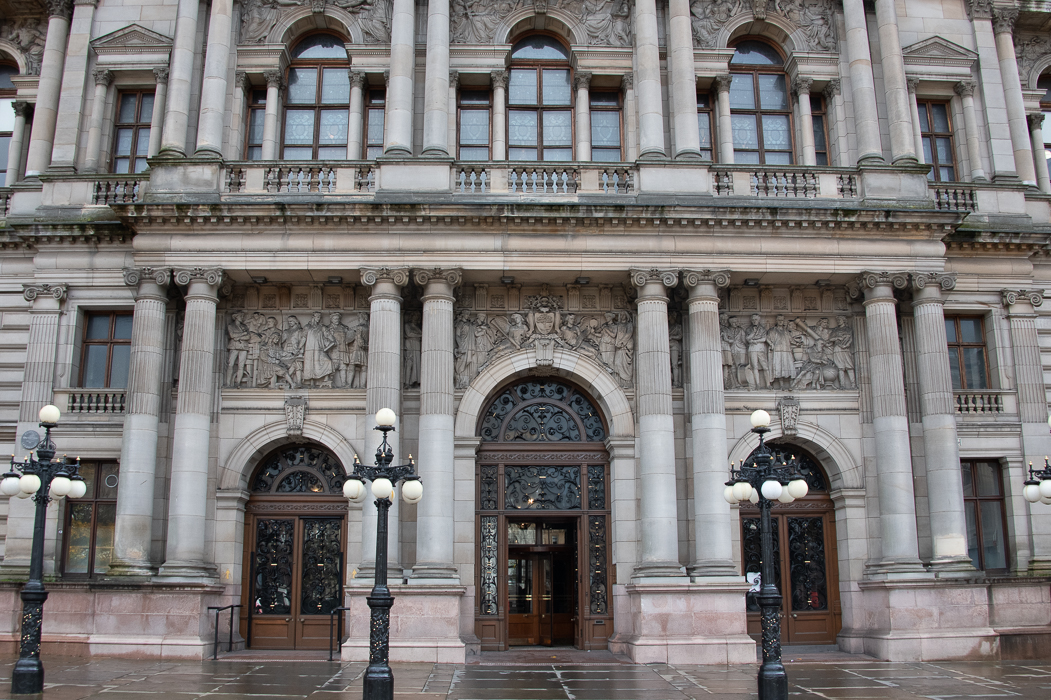
The exterior of the building is in the Beaux-arts style, with a vast range of ornate decoration, used to express the wealth and prosperity of the city. The exterior sculpture is by James Alexander Ewing.
When describing this building many say “more marble than the Vatican” it has even been used as a stand-in for the Vatican in films. The staircases are said to be Western Europe’s largest marble staircases and are of Carrera marble.
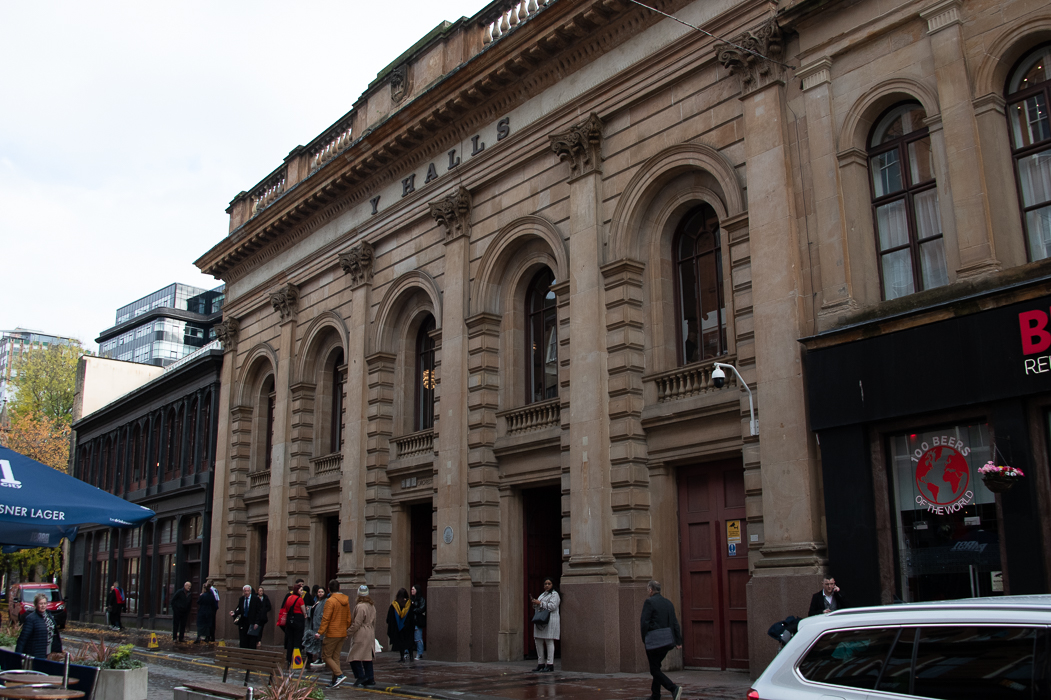
The City Halls are part of a market complex designed by John Carrick in 1882, but the grand hall itself was designed by George Murray and opened in 1841. It was the first hall suitable for large gatherings and concerts to be built in the City.
Built by the Caledonian Railway the building opened in stages from 1894.
The original St. Enoch Subway Station building housed both a booking office and the headquarters of the original Glasgow District Subway Railway Company. This was (and is) the subway’s most distinctive building. The design is Flemish Renaissance, and late Victorian out of red sandstone. It was designed by James Miller in 1896.
In Glasgow, the name ‘Trongate’ first appeared around 1560. It referred to the “tron”– the beam with which trading goods were officially weighed when they entered the city walls. For the next three hundred years, this area came to be at the heart of the city’s mercantile and financial activity– hence Merchant City.
A church was originally built on the site in 1529. It is now the Tron Theatre.
These figures sit on a building erected in 1906 as the Stewart and MacDonald building. I wish I could find out more about them as they are truly charming.
*

Phyllis Archibald was the sculptor of these figures at 22-24 St Enoch Square. The building dates to 1906.
The statue, located just outside of Glasgow’s Gallery of Modern Art was erected in 1844. Apparently, during the 1980’s, passersby began placing a traffic cone on the Duke’s head. No one is sure who started the tradition, but the bright orange hat has become so common that most have come to accept it as the standard look of the statue.
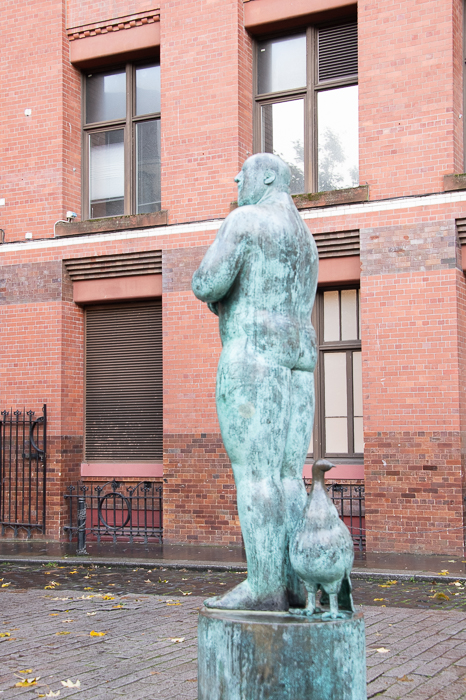
As Proud As… sits in Princes Square and is by Shona Kinloch – A play on – as proud as a peacock, and yes he is naked.
To end this post I will tie it in with my home town San Francisco.
Just off the Trongate, is this neon sign with “Empire” in reverse. Created by Glaswegian artist Douglas Gordon, it pays homage to Alfred Hitchcock’s 1958 Vertigo. Empire is the name of the hotel where the character played by Kim Novak resides and that is in San Francisco.
